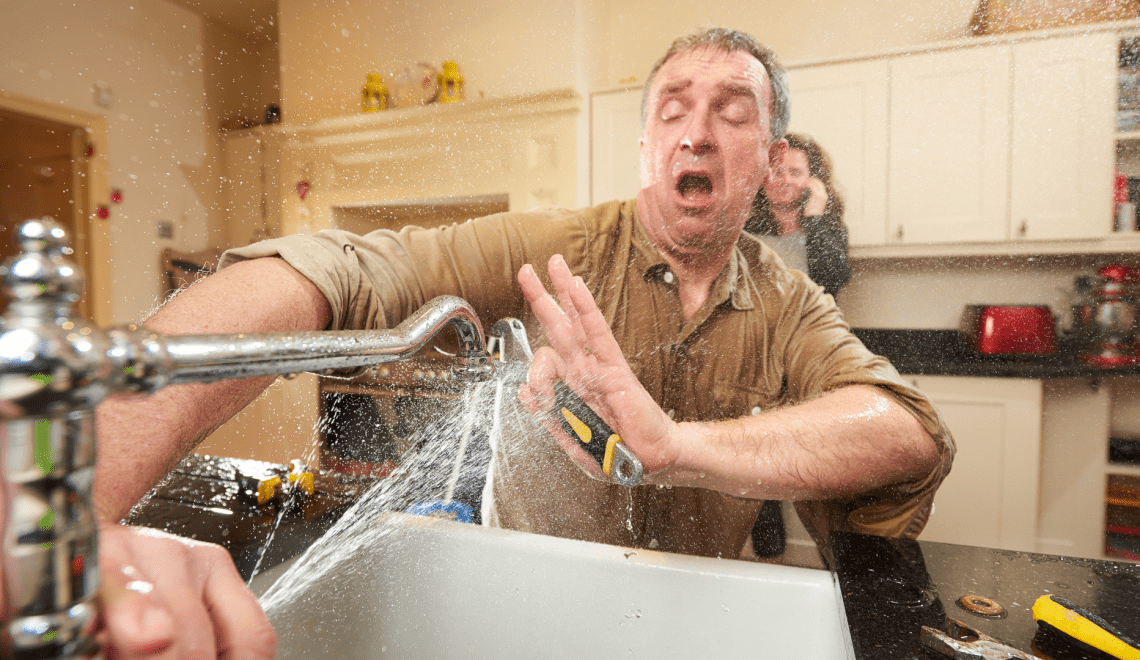
In recent years, the DIY (Do It Yourself) movement has seen a significant surge in popularity. Mums everywhere are increasingly taking on home projects, not only to save money but also to pour love and creativity into their living spaces. Whether you’re a seasoned DIY mum or just starting, safety should always be paramount. This article delves deep into the essentials and equipment needed to ensure your DIY journey is safe and enjoyable.
- Understanding the Importance of Safety in DIY
Before diving into any project, it’s essential to understand why safety is so crucial. Accidents can happen in the blink of an eye, especially when dealing with tools and equipment. For mums who often have their little ones around, ensuring a safe environment becomes doubly critical.
- Start With the Basics: Personal Protective Equipment (PPE)
Safety Glasses: A tiny splinter or a droplet of paint can cause significant harm to your eyes. Always wear safety glasses to protect against potential projectiles.
Gloves: Depending on the project, gloves can protect your hands from splinters, sharp objects, or chemicals. It’s wise to have a few different types – rubber for chemical work, leather or heavy-duty fabric for more robust tasks.
Hearing Protection: If you’re using loud machinery, such as drills or saws, it’s a good idea to wear earplugs or earmuffs to protect your hearing.
Safety Shoes: These are not just for construction sites. A good pair of safety shoes or high quality safety boots such as brands like SteelBlue can protect your feet from falling objects and even give you better traction on slippery surfaces.
- Equip Your Workspace With Safety Tools
First Aid Kit: A must-have in any DIY space. Make sure it’s stocked with bandages, antiseptic wipes, tweezers, and other basics.
Fire Extinguisher: If you’re working with anything that produces heat or sparks, have a fire extinguisher within arm’s reach.
Ventilation: When painting or using chemicals, ensure your workspace is well-ventilated. Open windows, or even better, work outside if possible.
Childproofing: If you have little ones roaming around, make sure they can’t access your tools or materials. Use childproof locks and keep hazardous items out of their reach.
- Know Your Tools
If you’re new to the DIY world, you might be unfamiliar with some tools. Before using any tool:
- Read the Manual: This might seem obvious, but many skip this step. Familiarize yourself with its functions and safety guidelines.
- Practice: Before starting the actual project, practice using the tool on some scrap material.
- Maintain Your Tools: Keep them sharp and in good working condition. A dull blade can be more dangerous than a sharp one because it requires more force and can slip more easily.
- Embrace the DIY Spirit but Know When to Call a Professional
There’s a lot mums can do on their own, but there are times when it’s safer and wiser to call in a professional. Recognize the limits of your skills and knowledge. For tasks that involve electricity, plumbing, or structural changes, consider consulting an expert unless you have significant experience in those areas.
Conclusion
DIY projects can bring immense satisfaction and a personal touch to your home. However, the thrill of creating something should never come at the expense of safety. By equipping yourself with the right protective gear, understanding your tools, and setting up a safe workspace, you can ensure that your DIY journey is both fun and secure. Mums, here’s to building beautiful spaces while keeping safety at the forefront!









